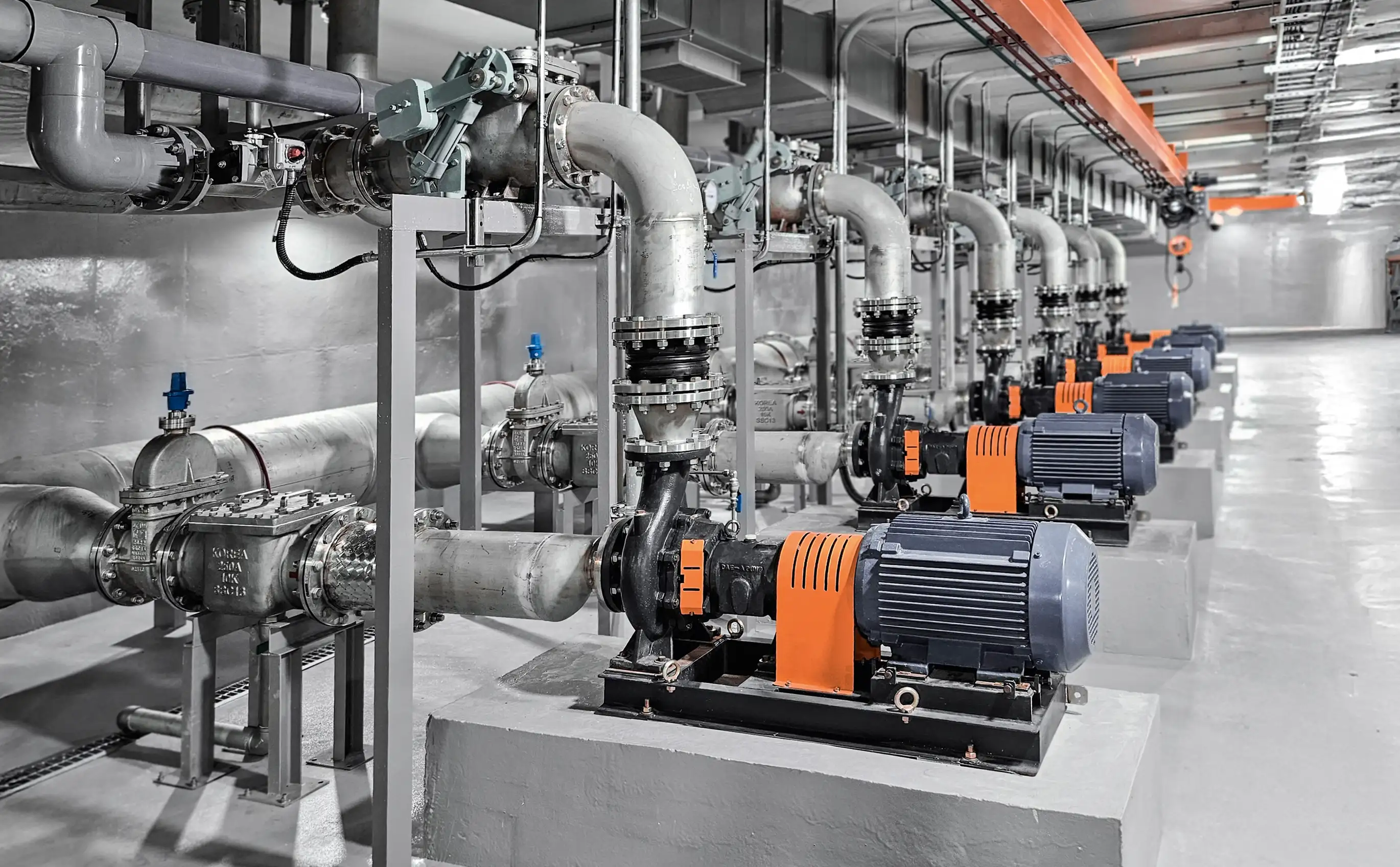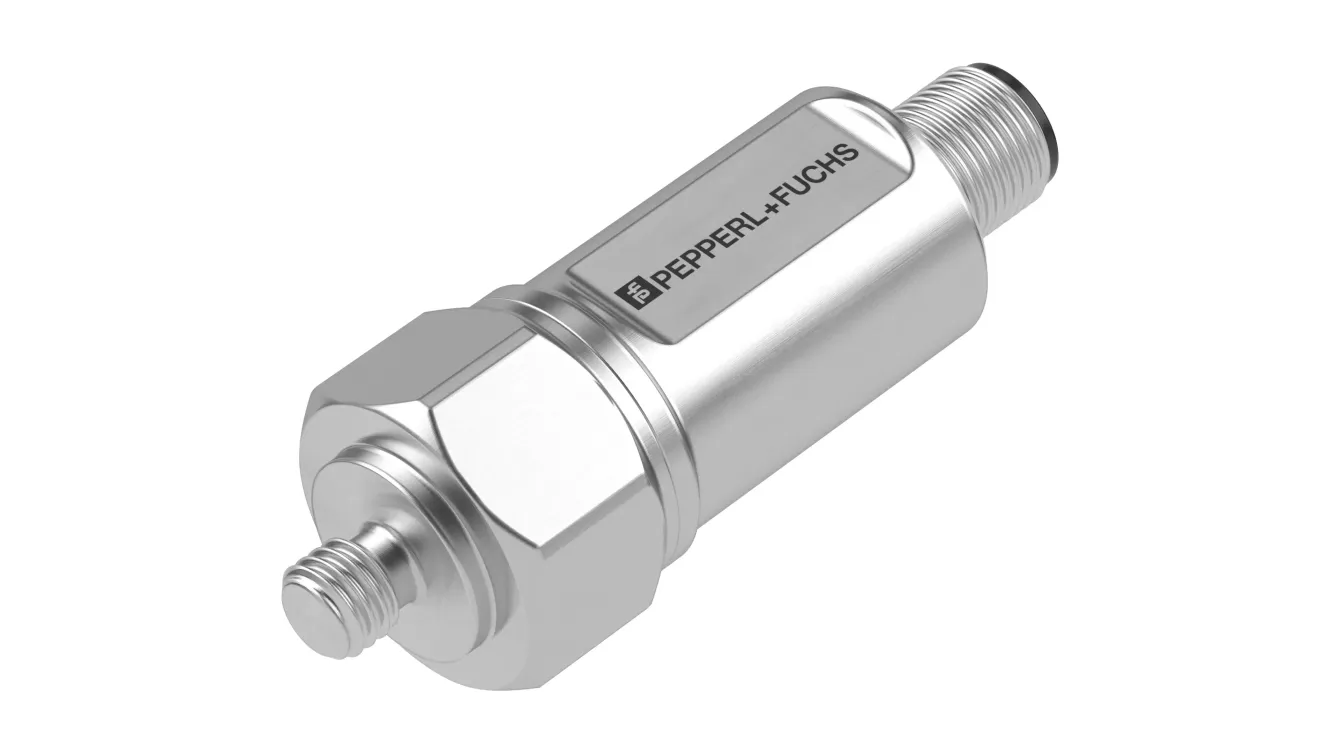Detect Cavitation on Pumps at an Early Stage

VIM3 12 kHz Vibration Sensors Prevent Unplanned System Downtimes
The Application
Cavitation is a physical effect that occurs when the pressure in a liquid drops locally to such an extent that vapor bubbles form. In pump systems, these vapor bubbles often form in the impeller area. If they are transported further into areas with higher pressure, they collapse abruptly and implosions can occur. These generate short but very high pressure peaks that can remove material from the blades of the pump. The result: damage such as pitting, a shortened pump service life, and increased maintenance costs. Cavitation also manifests itself in excessive vibrations and a clearly audible noise, which can impair the operating efficiency of the system.
The Goal
Detecting cavitation at an early stage and preventing it effectively is crucial for the long-term trouble-free operation of a pump system. The aim is to avoid the pressure drop within the pump by taking suitable measures such as increasing the inlet pressure, adjusting the speed, or controlling valves. This requires continuous monitoring of the pump condition in order to immediately detect critical operating conditions such as cavitation and automatically take countermeasures.

The Solution
The VIM3 12 kHz vibration sensors from Pepperl+Fuchs offer a simple and effective way of monitoring cavitation. The sensors measure the crest value, which is the ratio of the maximum vibration peak to the effective value of the vibration. This ratio increases significantly as soon as cavitation sets in. The measurement signal is continuously transmitted to the pump controller. If a previously defined threshold value is exceeded, the control system can react automatically: by reducing the speed or increasing the inlet pressure, e.g., by activating a valve. In this way, cavitation can be detected and actively prevented during operation without time-consuming vibration analyses or complex test procedures.
Technical Features
- Direct output of the crest value for cavitation monitoring
- Electrical interfaces: 4 … 20 mA or IO-Link
- Configurable switching limits
- Robust stainless steel housing (available in V2A, V4A, or duplex steel)
The Benefits
The vibration sensor supplies the crest value directly as an analog 4 … 20 mA signal or digitally via IO-Link. An additional evaluation unit is not required. This reduces both the system costs and the wiring effort and saves space in the control cabinet. Due to its robust stainless steel housing, the sensor is ideal for use in demanding industrial conditions.
At a Glance
- Early detection of cavitation through crest value analysis
- No additional effort for vibration interpretation or data evaluation
- Vibrations and damage to the impeller are reliably prevented
- Reduction of the flow rate or adjustment of the system pressure if required
- Direct connection to the control unit without requiring an external evaluation unit
- Simple integration via IO-Link or 4 … 20 mA interface



